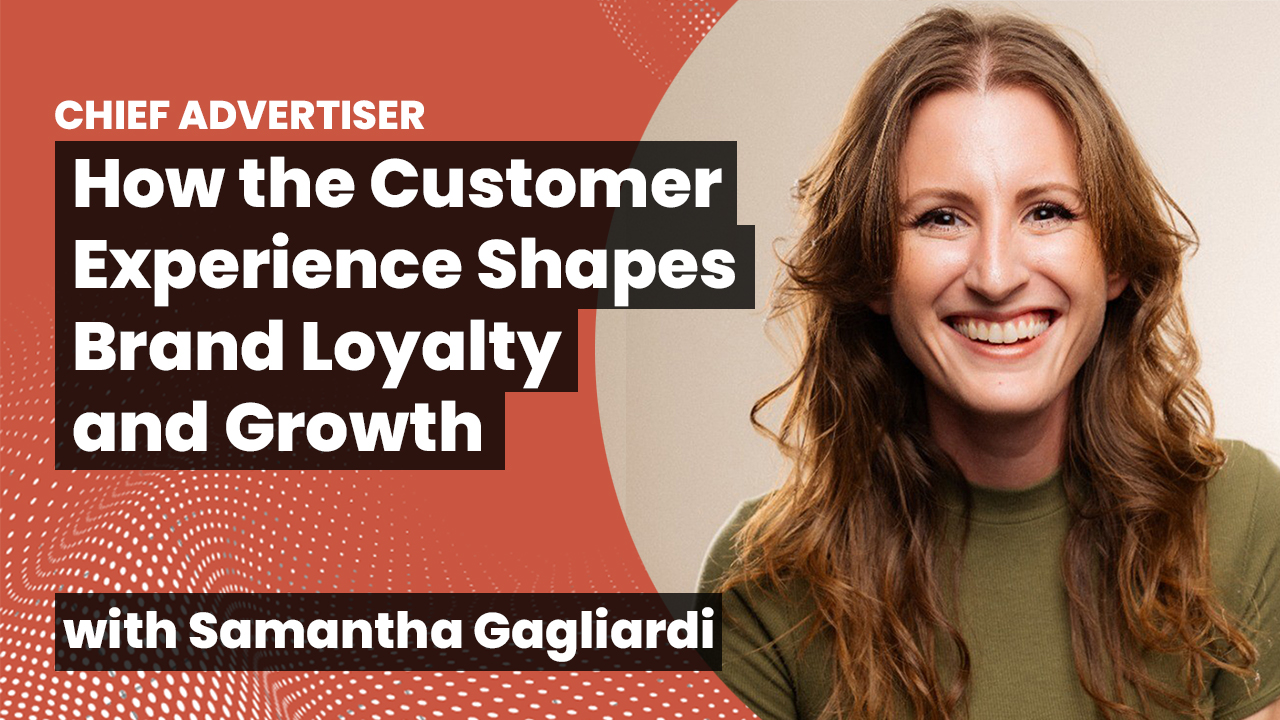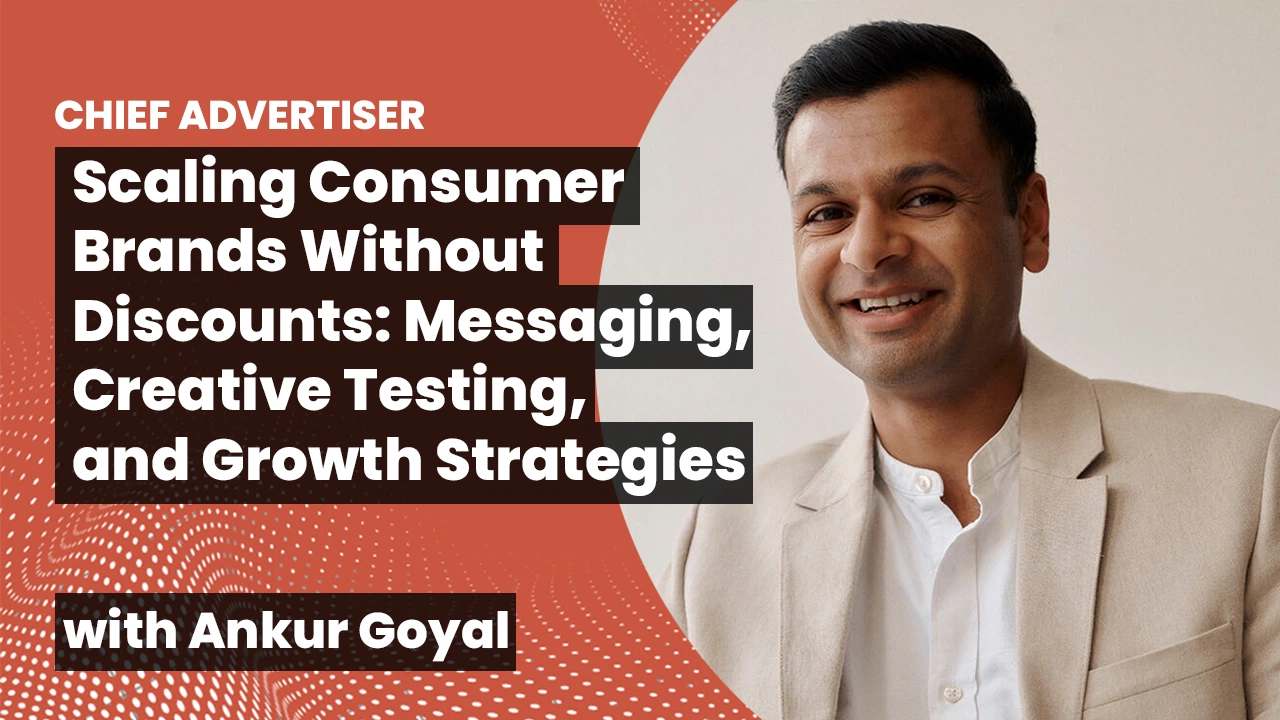Marketing measurement doesn’t have to be overwhelming. But it does have to evolve.
The right measurement framework isn’t just about finding a number. It’s about creating a system that gives you visibility, flexibility, and confidence—no matter how complex your media mix gets.
Here’s how we help brands go from ad-hoc reporting to measurement that actually drives growth.
Step 1: Lay the Foundation
Start with a consistent reporting view across:
- First-touch and last-touch attribution
- Platform attribution (including view-through)
- Post-purchase survey data
Each of these models has blind spots. But used together, they help surface which channels are driving awareness, conversions, or multi-touch influence.
Set up a regular cadence for reporting. Don’t just track performance—track discrepancies. If a channel is crushing it in one model and underperforming in another, it’s worth digging deeper.
Step 2: Add Lift Testing
Once reporting is stable, start running incrementality tests. Begin with branded search, where over-attribution is common. Or test Meta campaigns using platform lift studies.
These tests help answer key questions:
- Are we over-relying on correlation-based metrics?
- Are high-performing channels really incremental?
- Are we spending on media that’s not moving the needle?
Treat these as calibration points. They validate (or challenge) your existing metrics and guide budget decisions.
Step 3: Build Toward Complexity
As your spend grows and your media mix expands, begin layering in:
- Recurring lift tests across top channels
- Cross-functional discussions around triangulated results
- An internal culture that’s comfortable with imperfect data—but still demands clarity
Eventually, you may introduce media mix modeling. But that’s not the goal—it’s the byproduct of measurement maturity.
The Takeaway
Measurement isn’t one tool. It’s a layered system that evolves with your business. Start with attribution. Add real-world testing. Use every data point to ask better questions—not just chase perfect answers.
Smarter measurement doesn’t mean complexity for its own sake. It means clarity, flexibility, and the confidence to invest wisely.





